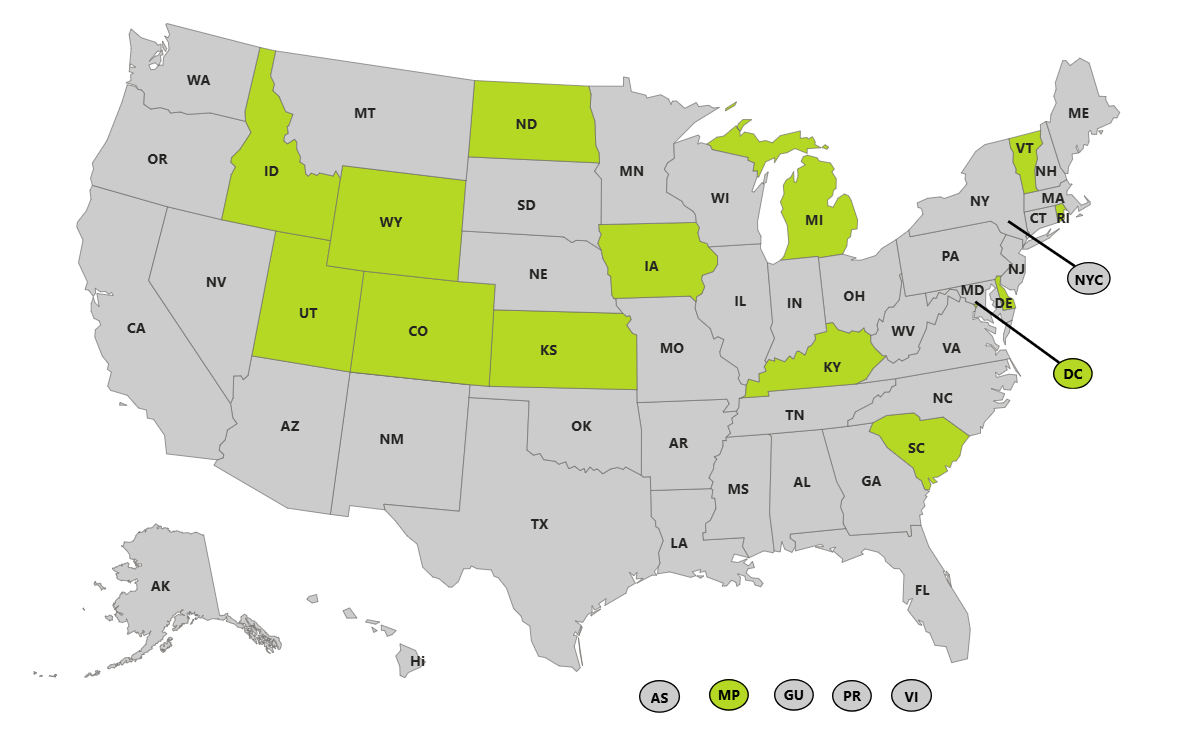At a glance
How state-of-the-art web-based systems mean more seamless integration of electronic health records and public health information systems.
Why the effort matters
Vital statistics data, which include birth and death data, are essential for understanding disease severity and mortality. These data can be used to understand trauma and toxicity and can signal a larger public health emergency. They are considered a core public health data source.
Strengthening core public health data for rapid, accurate decision making is a primary goal of CDC's Public Health Data Strategy (PHDS). Reducing the amount of time to receive and share core public health data, including vital statistics data, is essential. Broad adoption of standards that support electronic data exchange is fundamental to accomplish this goal.
A 2024 PHDS milestone focused on reducing time sending mortality data to CDC and receiving coded cause of death data from CDC. The goal was to have at least 15 jurisdictions using Fast Healthcare Interoperability Resources (FHIR®)-based 1 exchange. The milestone allowed CDC to support states, tribes, local jurisdictions and territories (STLTs) by funding modernization work and convening a community of practice.
FHIR is a standard defining how healthcare information can be exchanged between computer systems regardless of how it is stored. Its use is increasingly driven by regulations such as the Centers for Medicare and Medicaid Services Prior Authorization Rule and the Cures Act.
With FHIR, vital statistics data are arriving in STLTs faster than ever before. This provides an opportunity for STLTs to improve their speed and efficiency in receiving and sharing data.
CDC's National Center for Health Statistics (NCHS) has posted charts on the current and future states of the National Vital Statistics System Mortality Flow.

The progress
Before Idaho's Department of Health and Welfare began using FHIR, it took approximately eight days, on average, to receive coded cause of death information and make that available within the state's electronic death registration system. After transitioning to FHIR in 2024, Idaho was able to drop that processing time from eight days to 2.7 days. Now they are transmitting FHIR messages to NCHS at 15-minute intervals every workday and at one-hour intervals on weekends. The transition from manual to automatic processing saves, on average, four to five hours per week in personnel time. 2
Before Michigan's Department of Health & Human Services transitioned to FHIR in early 2024, they received and processed ICD-10 codes approximately 17 days after deaths were reported. With the introduction of FHIR, the average time has decreased to five days. The time savings has freed staff to work on other valuable activities to improve death registration. 2
Wyoming Vital Records achieved certification with FHIR in February 2024. After a FHIR message is submitted, an acknowledgment is sent to Wyoming first thing in the morning. Immediately after receipt, the cause of death coding is completed, and within a few hours, the demographic coding has been returned. This was accomplished without disrupting their established workflows. 2
What users are saying
"Moving that process [to FHIR] alone shaves a week off those codes being available to our other partners while completely removing the manual process to transmit records to NCHS." — Jeremy Peterson, Automated Systems Manager, Division of Public Health, Idaho Department of Health and Welfare.
"With FHIR, we can send data to the systems that need it right now, not two weeks from now when it's old news." — Jeff Duncan, State Registrar and Director, Division of Vital Records and Health Statistics, Michigan Department of Health & Human Services.
"We are delivering our death messages and updates to NCHS faster than before, and I encourage everyone to dive right in." — Crystal Hoey, System Manager, Vital Statistics Services, Wyoming Department of Health.
- FHIR® is a registered trademark of Health Level Seven International and use of this trademark is for informational purposes only and does not constitute an endorsement by HL7®.
- Source: From remarks given during the National Vital Statistics System Modernization Community of Practice Meeting held September 18, 2024.
